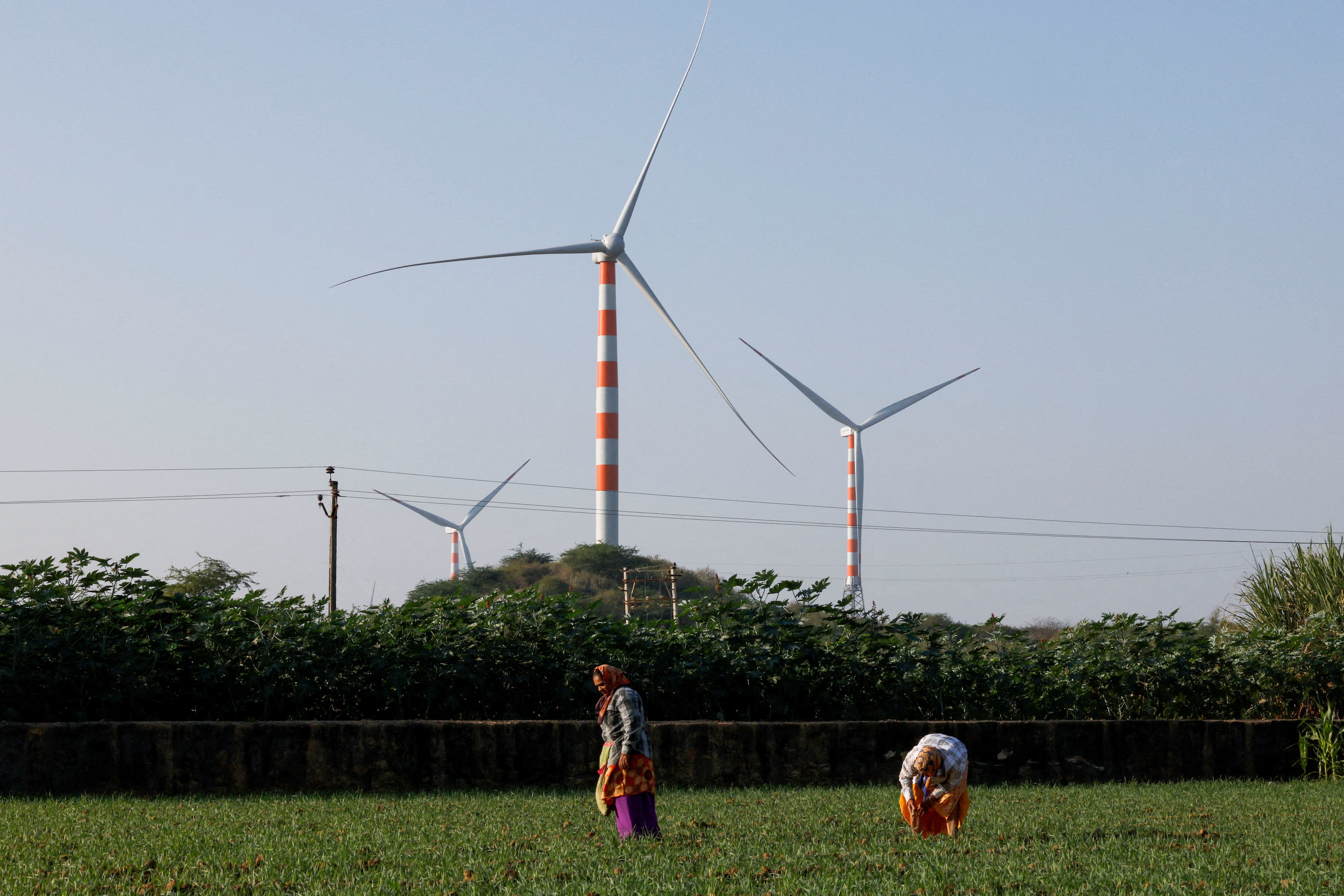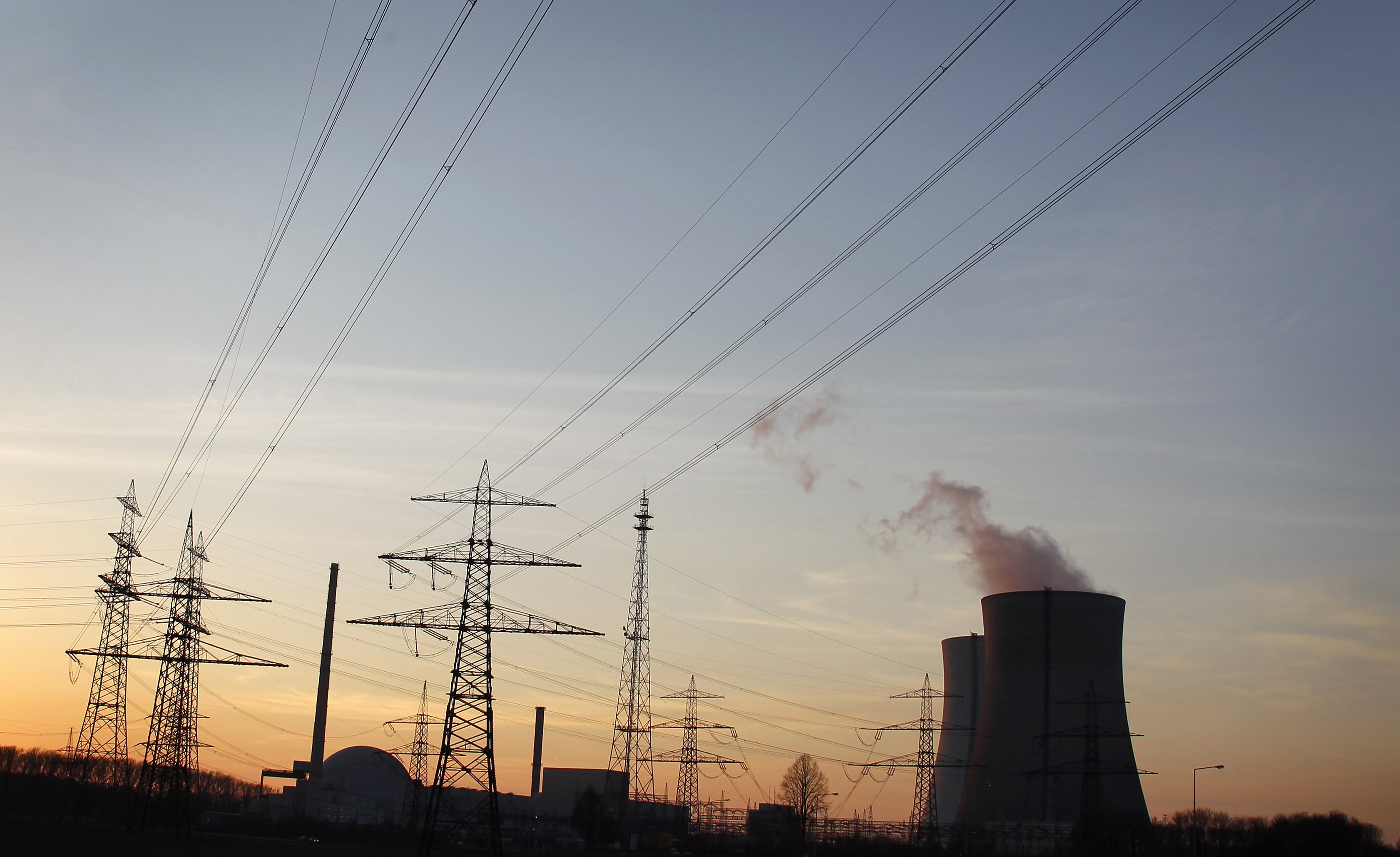This Japanese start-up has designed a wind turbine that can work in typhoons

Cyclonic conditions typically shut down most wind installations.
Image: REUTERS/Yves Herman
Stay up to date:
Japan
Listen to the article
- A Japanese start-up called Challenergy has designed a wind turbine that works during cyclones.
- Cyclonic conditions typically shut down most wind installations.
- Japan experiences on average 26 typhoons and tropical storms a year, meaning the new turbines could provide a reliable source of energy.
- Renewables are the fastest growing source of electricity generation globally.
As governments and companies globally rush to install as much renewable energy capacity as possible to cut carbon emissions, areas often not suitable for solar arrays or wind farms are opening up for development with advances in technology.
In Japan, a start-up called Challenergy has designed a wind turbine that works in cyclonic conditions, which typically shut down most wind installations, turning them into a potential energy source.
While renewables in general are the fastest growing source of electricity generation globally, in Japan most new renewables capacity has been powered by the sun. Only in recent years has the government started trying to promote wind, especially offshore wind.
But with Japan experiencing on average 26 typhoons and tropical storms a year, and with meteorologists saying they are getting more frequent and more powerful with climate change, the path to development of wind power is generally viewed as tough.
"One of our goals is to turn typhoons into a strength," said Atsushi Shimizu, who founded Challenergy three years after the 2011 Fukushima nuclear disaster sent him on a quest to find a sustainable source of energy.
"If we can just partially leverage the vast energy brought by typhoons, we can consider typhoons not just as disasters, but as a source of energy," he told Reuters during an online demonstration of the turbines.
Conventional wind turbines have giant propeller-like blades that are growing more vulnerable in cyclonic conditions as they get bigger with technological advances. Challenergy's "Magnus Vertical Axis Wind Turbine" has ditched pointed blades, with their giant sweeping revolutions, for upright square ones that spin on a horizontal axis to the direction of the wind, which helps to more directly capture its energy and makes the structure sturdier.
What's the World Economic Forum doing about the transition to clean energy?
In August, the company started a demonstration of a 10-kilowatt tower in Batanes, Philippines, and is aiming to incorporate solar power generation and storage batteries to provide more stable supplies of electricity in the area in the future.
Accept our marketing cookies to access this content.
These cookies are currently disabled in your browser.
Don't miss any update on this topic
Create a free account and access your personalized content collection with our latest publications and analyses.
License and Republishing
World Economic Forum articles may be republished in accordance with the Creative Commons Attribution-NonCommercial-NoDerivatives 4.0 International Public License, and in accordance with our Terms of Use.
The views expressed in this article are those of the author alone and not the World Economic Forum.
Related topics:
Forum Stories newsletter
Bringing you weekly curated insights and analysis on the global issues that matter.
More on Energy TransitionSee all
Gaurav Upadhyay and Labanya Prakash Jena
August 8, 2025
David Timis
August 8, 2025
Forum Stories
August 6, 2025
Marina Colombo and Lynn Kappes
August 6, 2025
Sverre Alvik
August 5, 2025
Michael Wang
July 28, 2025






